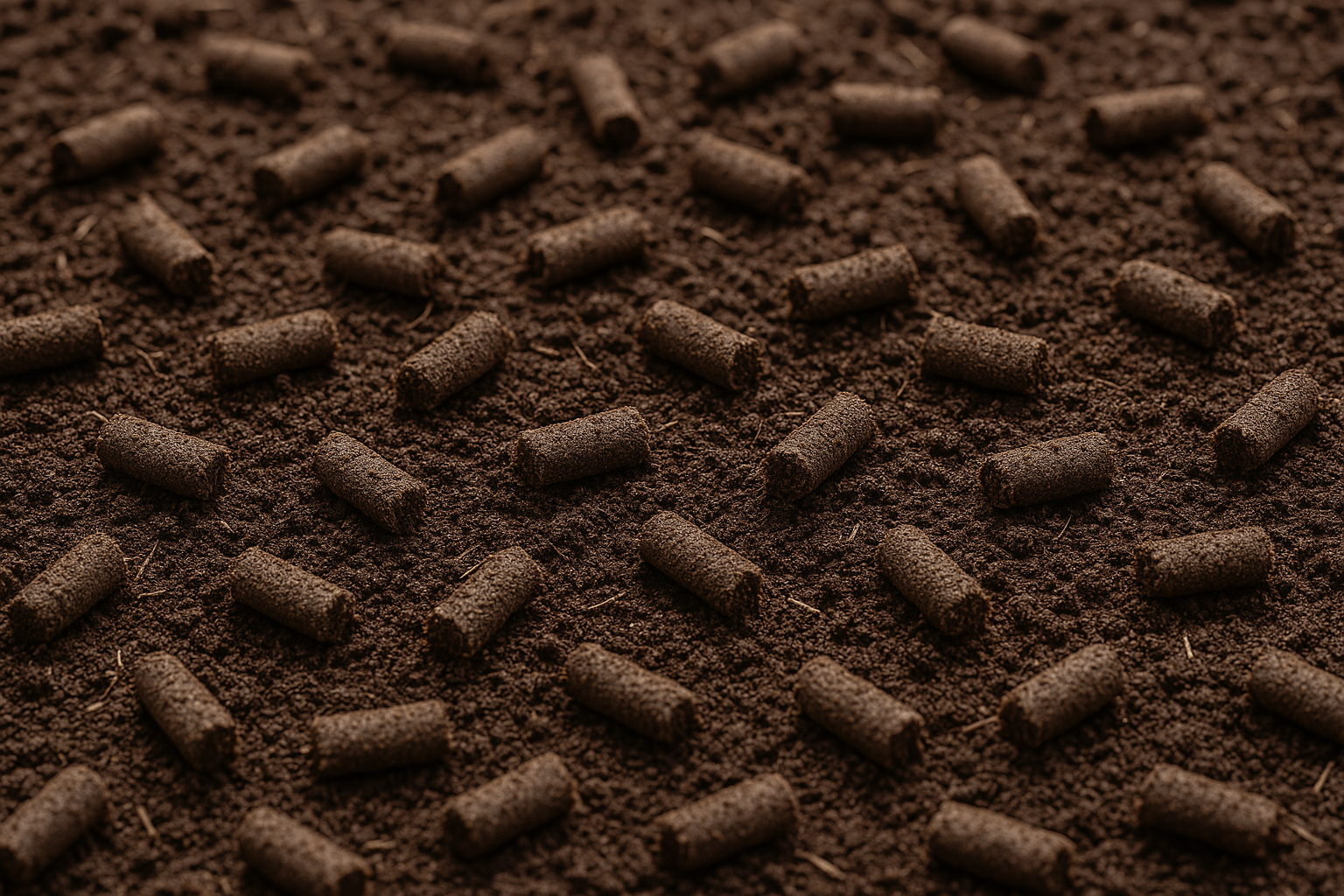
Lawn Aeration
🌿 Lawn Aeration: Why, When, and How to Breathe Life into Your Yard
If your lawn is looking a little tired—maybe it’s thinning, patchy, or not soaking up water like it used to—it might be time to give it some breathing room. Literally. Lawn aeration is one of the most underrated yet highly beneficial lawn care practices that can revive and strengthen your turf from the roots up.
Let’s break down what aeration is, why it matters, and how to do it right.
🌱 What Is Lawn Aeration?
Lawn aeration is the process of perforating the soil with small holes to allow air, water, and nutrients to penetrate down to the grass roots. The most effective method is core aeration, where plugs of soil and thatch are mechanically removed from the lawn surface.
“Aeration relieves soil compaction and enhances root growth, water infiltration, and fertilizer uptake.” – Clemson University Extension
✅ Benefits of Lawn Aeration
- Promotes deeper root growth
- Improves water and nutrient uptake
- Reduces surface runoff and puddling
- Breaks up excessive thatch
- Enhances seed-to-soil contact if overseeding
🔍 Signs Your Lawn Needs Aeration
- Water runs off instead of soaking in
- Soil feels hard or compacted
- Grass looks thin or patchy despite care
- Heavy foot traffic areas
- Lawn was established by sod (which often develops layering issues)
🗓 Best Time to Aerate
Timing depends on your grass type:
Cool-season Early fall or spring
Warm-season Late spring to early summer
Avoid aerating during dormancy or stress (like drought or extreme heat), as recovery will be slower.
🛠 How to Aerate Your Lawn
Prep the lawn: Mow short and water 1–2 days before.
Use a core aerator: Preferably a machine that removes plugs 2–3 inches deep.
Make multiple passes: Especially in compacted or high-traffic areas.
Leave plugs on the surface: They’ll break down naturally over time.
Follow up with overseeding and fertilization for best results.
Clemson HGIC suggests overseeding approximately 30 days after core aeration for best turf establishment if needed.
🌧 Post-Aeration Care
- Water lightly and consistently until new growth establishes
- Apply fertilizer to help the roots take full advantage of the improved soil conditions
- Minimize foot traffic during the recovery phase
🧠 Expert Tips
- Rent a core aerator from your local garden center or hire a lawn service.
- Spike aerators (which push holes into the soil) are less effective and can sometimes worsen compaction.
- Aeration is particularly useful before overseeding or fertilizing.
📚 References & Resources
- Clemson University Extension – Aerating Lawns (HGIC 1200)(https://hgic.clemson.edu/factsheet/aerating-lawns/)
- Clemson University Extension – Overseeding With Ryegrass (HGIC 1206) (https://hgic.clemson.edu/factsheet/overseeding-with-ryegrass/)
- The Spruce – When and How to Aerate Your Lawn (https://www.thespruce.com/aerating-your-lawn-2130904)
🌟 Final Thoughts
Aerating your lawn might seem like a minor task, but the impact it has is massive. It helps unlock the potential of your soil, making every drop of water, ounce of fertilizer, and seed more effective. Whether you’re a lawn care enthusiast or just want greener grass, aeration is a smart move to add to your seasonal lawn care checklist.
